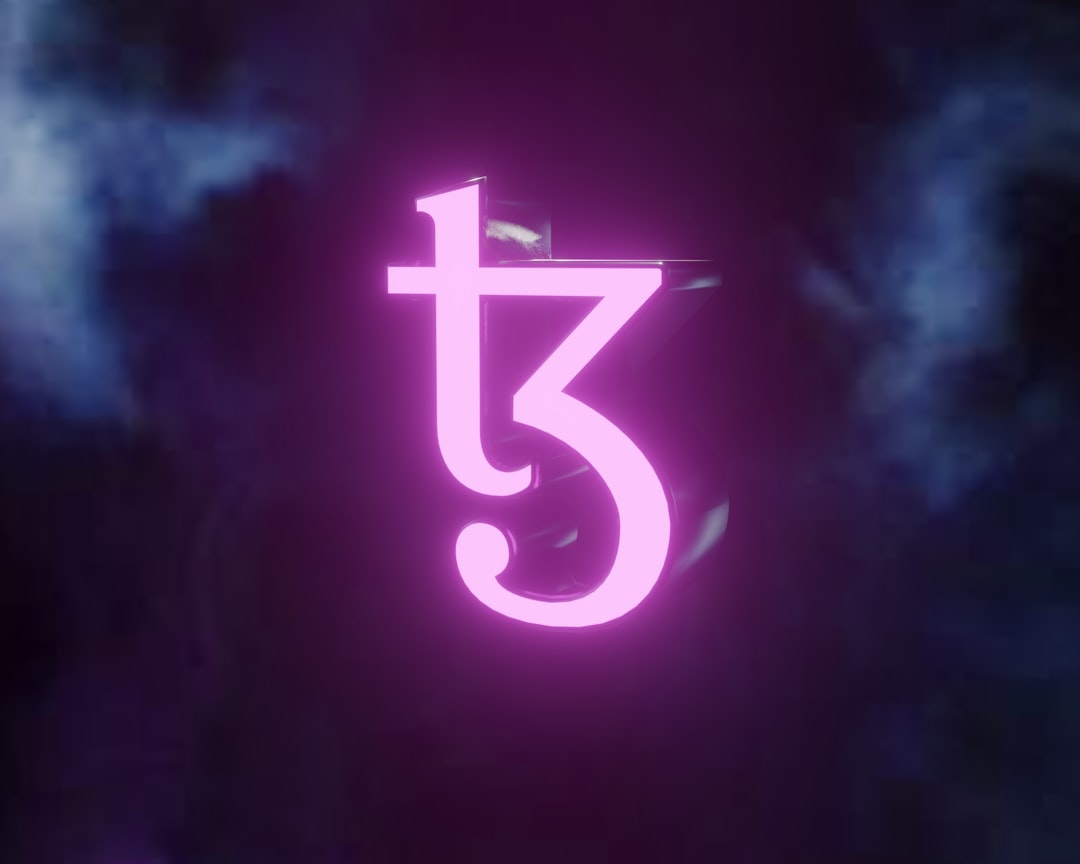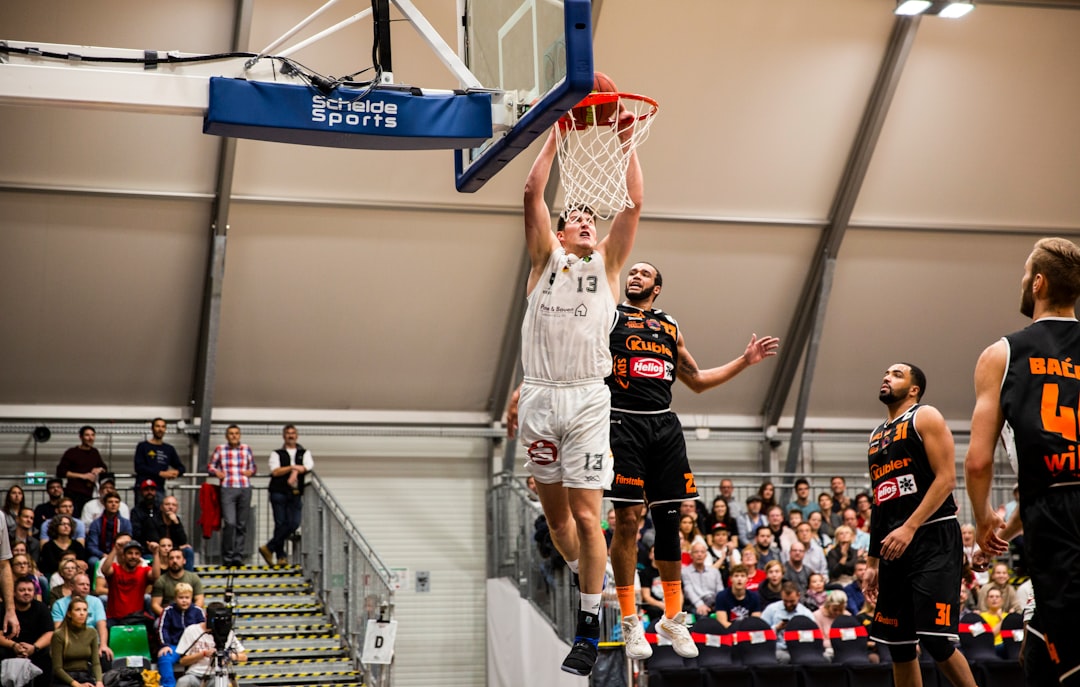A multitude of platforms and protocols with distinct features and capabilities have emerged in the blockchain space in recent years. Solana is one such platform that is becoming increasingly well-liked among developers. A scalable and effective infrastructure for developers is offered by Solana, a high-performance blockchain platform that supports decentralized applications (dApps). With its speedy transaction processing speed—solana is among the industry’s fastest blockchains—developers can take advantage of this blockchain’s potential.
Key Takeaways
- Solana is a high-performance blockchain that offers fast transaction speeds and low fees.
- Setting up a development environment for Solana requires installing the Solana CLI and configuring a local node.
- Building a Solana application involves writing smart contracts in the Rust programming language and deploying them to the network.
- Interacting with the Solana network can be done through the Solana CLI or through a web3 library like Solana.js.
- Solana’s smart contract language, Rust, offers strong type safety and memory safety features for secure development.
The special architecture and consensus mechanism of Solana, which we will discuss later in this article, allow for this high throughput. Numerous factors contribute to Solana’s increasing popularity. First of all, developers wishing to create apps that need quick transaction processing & minimal latency will find its high performance and scalability appealing. In addition, Solana is a more affordable and ecologically friendly option than other well-known blockchains like Ethereum and Bitcoin because of its minimal fees and energy-efficient architecture.
Understanding the fundamental design and consensus process of the Solana blockchain is crucial to realizing the full potential of Solana development. Solana uses a special architecture known as a “proof-of-history” mechanism, in contrast to conventional blockchains, which depend on a single chain of blocks. To organize transactions in Solana, they are first divided into “slots” & then into “epochs.”. A time interval is represented by each slot, and an epoch is made up of several slots. With the help of this architecture, Solana can process several transactions at once & reach high throughput.
To top it off, Solana uses a consensus mechanism called “proof-of-stake” (PoS), in which validators are selected based on how many tokens they own and are prepared to “stake” as collateral. Fast transaction confirmation times are made possible by this consensus mechanism, which also guarantees the security & integrity of the Solana network. In contrast to other well-known blockchains such as Ethereum and Bitcoin, Solana exhibits exceptional scalability and transaction processing capabilities. Because of its architecture, Solana can handle a much higher volume of transactions without sacrificing speed or efficiency, unlike Ethereum, which has struggled with network congestion & expensive fees. Let’s get started with setting up a development environment for Solana now that we have a basic understanding of its architecture.
Installing the required hardware and software is the first step. Installing the Solana Command Line Interface (CLI), which gives programmers a set of commands to communicate with the Solana network, is the first step. Package managers such as npm or yarn, depending on your operating system, can be used to install the CLI. For testing and development purposes, you will then need to set up a local Solana cluster.
To accomplish this, use the Solana CLI to launch a local Solana network on your computer. You can test and deploy your Solana applications on the local network without paying any fees or connecting to the mainnet. You can begin developing your first Solana application after configuring your local Solana cluster. You must make use of the Solana Software Development Kit (SDK) in order to create Solana applications. Developers can streamline their development process and communicate with the Solana network by utilizing the libraries and tools that the Solana SDK offers.
Built on top of the popular programming language Rust, which is renowned for its concurrency, performance, & safety features, is the Solana SDK. It is advised that you take some time to become familiar with the fundamentals of Rust before beginning to develop Solana. A smart contract is a piece of code that runs on the Solana blockchain, & it is necessary to define it before you can create your first Solana application. Rust is used to write Solana smart contracts, which can then be compiled and installed on the Solana network in a binary format. To work with smart contracts, the Solana SDK offers a range of tools and APIs, such as the capacity to deploy, invoke, and query contract state.
It is possible to create a variety of decentralized applications using these APIs, such as non-fungible token (NFT) marketplaces and decentralized finance (DeFi) protocols. Engaging with the Solana network is the next step after developing your Solana application. For interacting with the network, Solana offers a stable and user-friendly ecosystem that includes wallets, block explorers, and developer tools. You will require a Solana wallet in order to communicate with the Solana network. You can engage with decentralized apps on the Solana blockchain & safely store your Solana tokens with a Solana wallet.
A few wallets are available: the hardware wallet Ledger, browser extensions like Sollet, and the Solana CLI wallet. To facilitate exploration and analysis of the Solana blockchain, Solana offers block explorers in addition to wallets. Block explorers offer important insights into the balances of tokens, block details, & transaction history of the network. To monitor & debug their Solana applications, developers need these tools badly. To make the development process easier, Solana also provides a variety of developer tools and libraries.
Solana Studio, an online integrated development environment (IDE) for Solana, & Solana Program Library (SPL), an assortment of pre-made smart contract templates & libraries, are two examples of these tools. The Rust smart contract language is one of the distinctive features of Solana development. Programming languages for systems like Rust are renowned for their concurrency, performance, and safety features.
It is intended to give programmers low-level control over system resources while guaranteeing memory safety and averting typical programming mistakes like data races and null pointer dereferences. Rust has a number of benefits over other well-liked smart contract languages, such as Solidity (which is utilized in Ethereum development). First off, Rust is a more secure option for developing decentralized applications because of its strong type system & ownership model, which help prevent common programming errors and vulnerabilities. Second, high-performance applications requiring quick transaction processing & minimal latency are ideally suited for Rust due to its concurrency and performance features.
This is crucial for applications where efficiency & speed are crucial, such as high-frequency trading platforms and decentralized exchanges (DEXs). For developers intending to create applications on the Solana blockchain, Rust is a valuable investment due to its advantages in performance, security, and developer productivity, even though its learning curve is steeper than that of other smart contract languages. The demand for Solana integrations with other platforms & technologies has surged due to its growing popularity.
Thankfully, Solana offers an array of tools and libraries to streamline the integration procedure & empower developers to create inventive applications that capitalize on Solana’s capabilities. Web3 integration is one widely used integration. The JavaScript library js enables developers to communicate with the Ethereum blockchain. By linking Web3 and Solana together. Using js, programmers can create apps that work with Ethereum and Solana with ease, creating new opportunities for decentralized finance and cross-chain interoperability.
React is a JavaScript user interface library; this is another widely used integration. Developers can create user-friendly and intuitive interfaces for their Solana applications by integrating React, which offers a robust and flexible framework for building front-end applications, with Solana. A couple of real-world examples of Solana integrations are Mango Markets, a decentralized finance platform providing leveraged trading and lending, & Serum, a decentralized exchange based on Solana. These programs show off Solana’s ability to create intricate, scalable, decentralized applications. When developing Solana applications, security is crucial, just like in any blockchain project.
Solana offers a range of security features & recommended practices to assist developers in safeguarding their applications and user funds. Solana’s strong consensus mechanism, proof-of-stake (PoS), is one of its primary security features. By mandating validators to retain & stake a specific quantity of tokens as collateral, proof of stake (PoS) protects the security and integrity of the Solana network. Because of this mechanism, validators cannot profitably participate in malicious activities because they run the risk of losing their staked tokens. Apart from the consensus mechanism, Solana offers multiple recommended practices for safeguarding Solana applications.
These include putting multi-signature (multi-sig) wallets into use for increased security, performing frequent security audits, and employing secure coding techniques. Developers can also use the built-in security features & templates provided by Solana’s libraries and development tools, like the Solana Program Library (SPL), to guarantee the security of their applications. Developers can create safe and reliable Solana apps by adhering to these best practices and making use of the security features that are available. In recent years, one of the biggest developments in the blockchain space has been the emergence of non-fungible tokens, or NFTs.
Because NFTs can depict distinct digital assets like artwork, collectibles, and virtual real estate, they have become more and more popular. NFTs are best suited for Solana due to its high performance and scalability. Because of its architecture, Solana can handle a much higher volume of transactions than other blockchains, which makes it ideal for NFT marketplaces & applications. Other blockchains, on the other hand, suffer from network congestion and expensive fees. Solana’s low latency and high throughput allow NFT projects to provide quick transaction confirmation times and a smooth user experience.
For NFT collectors and artists who need speedy and smooth transactions when purchasing, selling, and minting NFTs, this is especially crucial. Future NFT artists hoping to exhibit their work & get noticed by a larger audience now gather on the Solana blockchain. Solana is a platform that attracts NFT artists due to its fast transaction times and low fees, which enable them to mint & sell their artwork without facing delays or excessive expenses. Many up-and-coming NFT artists have already embraced the Solana blockchain and are becoming well-known for their distinctive & avant-garde works of art.
These artists utilize Solana’s high-performance capabilities to produce visually stunning and interactive NFTs that captivate enthusiasts and collectors. These artists have benefited from the active and encouraging Solana community in addition to increased visibility as a result of adopting the Solana blockchain. The Solana ecosystem facilitates cooperation, advancement, & development, allowing NFT artists to prosper in the cutthroat field of digital art.
In conclusion, developers wishing to create scalable, effective, & safe decentralized applications have an abundance of options with Solana development. In the blockchain space, Solana has become incredibly popular due to its great performance, inexpensive fees, and developer-friendly ecosystem. We looked at the fundamentals of Solana development in this article, including its distinct architecture, consensus process, and smart contract language. The methods for configuring a Solana development environment, creating Solana apps, and utilizing the Solana network were also covered.
We also emphasized Solana’s potential for NFTs and featured up-and-coming NFT artists who have embraced the Solana blockchain. Solana is a great platform for both NFT artists & collectors because of its great performance, affordable fees, and quick transaction times. As Solana develops further, it offers developers fascinating chances to be a part of its ecosystem and create cutting-edge apps that take advantage of its special qualities. Investigating Solana development can lead you into the future of decentralized applications and open up a world of possibilities, regardless of your experience level with blockchain development.
If you’re interested in Solana development and want to learn how to build on the Solana blockchain, you should check out this informative article: “Getting Started with Building on the Solana Blockchain.” It provides a comprehensive guide for beginners, covering everything from setting up your development environment to deploying your first smart contract. For more valuable insights and resources related to blockchain technology, make sure to visit the NFT Newsletter website. They offer a wide range of articles and news updates on the latest trends in the blockchain industry. To further enhance your skills, you might also find this article on “10 Simple Tips to Improve Your Test-Taking Skills” helpful. Happy learning!
FAQs
What is Solana?
Solana is a high-performance blockchain platform designed for decentralized applications and marketplaces.
What programming languages can be used for Solana development?
Solana supports programming languages such as Rust, C, C++, and AssemblyScript.
What is the Solana Development Kit (SDK)?
The Solana Development Kit (SDK) is a set of tools and libraries that developers can use to build decentralized applications on the Solana blockchain.
What is the Solana Command Line Interface (CLI)?
The Solana Command Line Interface (CLI) is a tool that developers can use to interact with the Solana blockchain and perform various tasks such as creating accounts, sending transactions, and deploying smart contracts.
What is a Solana smart contract?
A Solana smart contract is a self-executing program that runs on the Solana blockchain. It can be used to automate the execution of transactions and enforce the rules of a decentralized application.
What is the Solana Web3.js library?
The Solana Web3.js library is a JavaScript library that developers can use to interact with the Solana blockchain from a web application.
What is the Solana Tour de SOL?
The Solana Tour de SOL is a series of events and challenges designed to encourage developers to build on the Solana blockchain and showcase their projects. It offers prizes and rewards for participants.









